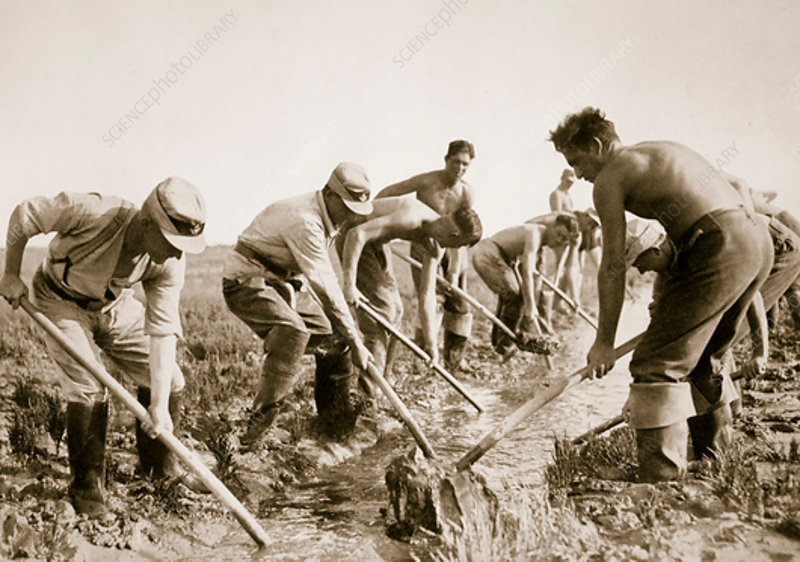International Labour Law
International Labour Standards for Protecting Migrant Workers: A Global Perspective.
Abstract
Migrant workers play a vital role in global economies, significantly contributing to sectors like agriculture, construction, and domestic services. However, these individuals often face exploitative working conditions, inadequate legal protections, and discrimination. This article explores international labour standards aimed at protecting migrant workers, focusing on frameworks established by the International Labour Organization (ILO) and the United Nations (UN). It also examines the challenges in implementing these standards across various regions.
Introduction
Migrant workers are essential to the economic fabric of both their home and host countries. They often take on low-wage jobs that locals may avoid, contributing to critical industries. However, they frequently endure precarious conditions, including poor wages and lack of social protections. Despite their significant contributions, protections for these workers are inconsistent and often insufficient. The ILO and UN have developed several frameworks to safeguard migrant workers’ rights, but various challenges impede their effective implementation.
International Labour Standards for Migrant Workers
The ILO has established essential international labour standards to protect migrant workers, notably the Migration for Employment Convention (No. 97). Adopted in 1949, this convention promotes fair recruitment practices and ensures equal treatment for migrant workers in host countries (International Labour Organization, 2020). Additionally, the Migrant Workers (Supplementary Provisions) Convention (No. 143), established in 1975, addresses the issue of irregular migration and aims to improve the conditions of migrant workers (International Labour Organization, 2017).
Despite the existence of these frameworks, the adoption of these conventions is far from universal. Many countries with high numbers of migrant workers, especially in the Gulf Cooperation Council (GCC) region, have yet to ratify these critical standards (Wickramasekara, 2020).
The Role of the United Nations
The UN has also been active in establishing frameworks to protect migrant workers, notably through the International Convention on the Protection of the Rights of All Migrant Workers and Members of Their Families (ICMW), adopted in 1990. This convention offers comprehensive protections, including rights to family unity, safe working conditions, and social security (United Nations, 1990). However, key migrant-receiving nations in North America and the European Union (EU) have not ratified the convention, citing concerns about economic impacts (Martin, 2020).
Challenges in Implementation
Several significant challenges hinder the implementation of these international frameworks. One of the most pressing issues is the kafala system prevalent in GCC countries. This system ties migrant workers’ residency permits to their employers, severely limiting their freedom and increasing their vulnerability to exploitation (De Bel-Air, 2019). Despite reforms in countries like Qatar and the UAE, aimed at loosening the grip of the kafala system, enforcement remains a significant hurdle (Human Rights Watch, 2021).
In many developing countries, the informal economy exacerbates the challenges faced by migrant workers. Numerous workers are employed without formal contracts, excluding them from legal protections and social benefits (Wickramasekara, 2020). Their lack of legal status further increases their vulnerability, as they are often deterred from reporting abusive employers for fear of deportation (ILO, 2021).
Regional Case Studies: EU and GCC
In the European Union, migrant labour is critical, yet challenges persist in ensuring their rights. The Single Permit Directive (2011/98/EU) aims to ensure that third-country nationals working legally in EU member states receive the same rights as local workers (European Commission, 2011). However, irregular migrant workers, particularly in the agriculture and domestic sectors, continue to face exploitation (Eurofound, 2017).
The Seasonal Workers Directive (2014/36/EU) was another step toward better protections, granting seasonal migrant workers rights to safe working conditions and equal pay (European Commission, 2017). Yet, the implementation of these directives is uneven across EU countries, allowing employers to exploit vulnerable workers (Papademetriou & Triandafyllidou, 2020).
In the Gulf Cooperation Council countries, where migrant labour is a significant part of the workforce, many workers remain at high risk of exploitation. The kafala system continues to tie workers to their employers, severely restricting their ability to switch jobs or leave the country (De Bel-Air, 2019). Recent reforms in countries like Qatar have not effectively addressed these issues, leaving many workers trapped in abusive conditions (Amnesty International, 2020).
Adopting a Core Rights Approach
To address the gaps in protections for migrant workers, a Core Rights Approach has been proposed by various labour rights advocates. This approach ensures that all workers, regardless of nationality, have fundamental labour rights, including freedom from forced labour and non-discrimination (Anderson, 2019). Such a framework emphasizes the need for equal treatment and decent working conditions, irrespective of legal status.
The Role of NGOs and Civil Society
Non-governmental organizations (NGOs) and civil society play crucial roles in advocating for migrant workers’ rights. Organizations such as Human Rights Watch and Amnesty International have significantly pressured governments to improve labour standards and hold employers accountable (Human Rights Watch, 2021). These groups have been instrumental in advocating for the ratification of ILO Convention No. 189, which extends protections to domestic workers, a particularly vulnerable group within migrant populations (ILO, 2011).
Conclusion
Despite the efforts of international organizations like the ILO and UN, many migrant workers continue to face exploitation and lack basic labour protections. The gap between established international standards and their implementation remains a significant challenge, especially in regions where migrant labour is essential to economic development. To ensure that migrant workers are treated with dignity and respect, a concerted effort must be made to strengthen enforcement mechanisms and adopt a core rights approach to labour protections.
References
International Labour Organization (ILO). (2020). Migration for Employment Convention (No. 97). Retrieved from ILO.org
ILO. (2017). Migrant Workers (Supplementary Provisions) Convention, 1975 (No. 143). Retrieved from ILO.org
United Nations. (1990). International Convention on the Protection of the Rights of All Migrant Workers and Members of Their Families. Retrieved from UN.org
Martin, P. (2020). Migration and the Global Labour Market. Retrieved from Migrationpolicy.org
De Bel-Air, F. (2019). Migrant Labour in the Gulf: The Impact of the Kafala System. Retrieved from LabourMigration.org
Human Rights Watch. (2021). Migrant Workers’ Rights in Qatar. Retrieved from HRW.org
Wickramasekara, P. (2020). Labour Migration in Low-Income Countries. Retrieved from ILO.org
European Commission. (2011). Directive on a Single Permit for Third-Country Nationals. Retrieved from EUROPA.eu
Eurofound. (2017). Seasonal Workers in Europe. Retrieved from Eurofound.eu
European Commission. (2017). Seasonal Workers Directive. Retrieved from EUROPA.eu
Papademetriou, D., & Triandafyllidou, A. (2020). Migrant Labour Market Integration in the EU. Retrieved from Migrationpolicy.org
Anderson, B. (2019). Universal Labour Rights: The Case for the Core Rights Approach. Retrieved from ILO.org
Amnesty International. (2020). Migrant Workers and Labour Rights in the Gulf States. Retrieved from Amnesty.org
ILO. (2021). Global Estimates on Migrant Workers. Retrieved from ILO.org
ILO. (2011). ILO Domestic Workers Convention (No. 189). Retrieved from ILO.org
- (2017). Global Compact for Migration. Retrieved from UN.org
Migration Policy Institute. (2020). Migrant Workers and Labour Standards. Retrieved from Migrationpolicy.org
Wickramasekara, P. (2016). Rights of Migrant Workers and the ILO’s Core Labour Standards. Retrieved from ILO.org
Human Rights Watch. (2021). Protecting Migrant Domestic Workers. Retrieved from HRW.org
ILO. (2011). ILO Domestic Workers Convention (No. 189). Retrieved from ILO.org





